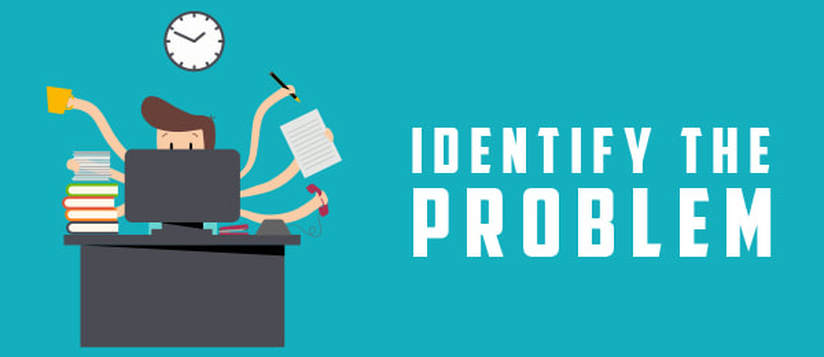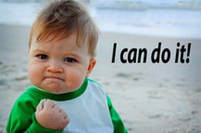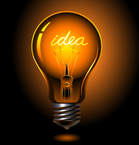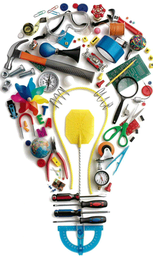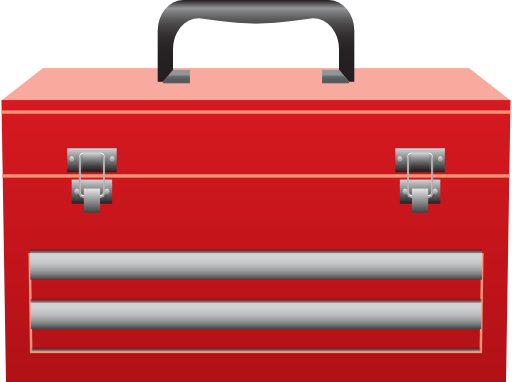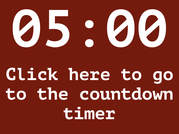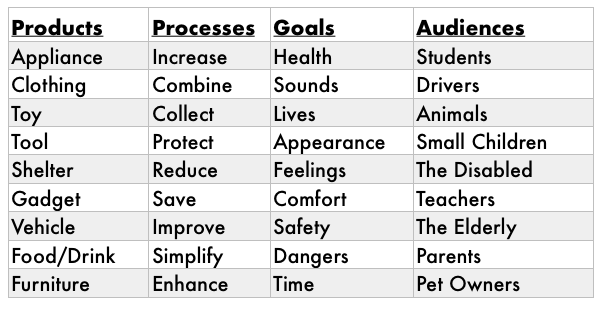LESSON 9: THE DESIGN PROCESS
CHALLENGE 1:
IDENTIFY AND DEFINE THE PROBLEM
THE CHALLENGE 1 MISSION
Room Spinner
Google Classroom
Click on the Google Icon below to go to Google Classroom.
Invention Poll
Activity 2: Identify and Define a Problem
Now it is your turn to identify and define a problem. In your groups, you will look at the four components of invention and innovation.
Instructions for Activity 2
- Your group will have five minutes to go back to our Google Classroom and complete the second assignment for Lesson 9 Challenge 1. (If you do not have the tab open from before, just go back up to the icons and select your class.)
- You will select 1 item from each of the four categories below and create a list of invention ideas using the components of those categories.
- Make a list of possible inventions that you could make using the product, process, goal, and audience you chose in the first column. In the second column, explain what problem this invention might help to solve or how this invention will improve life in some way.
- The Recorder will type in the group's ideas in the Google Classroom Activity. The Timekeeper will keep an eye on the time. Couriers will ask any questions the group may have.
- After the five minutes is up, Speakers will present their group's ideas.
Components Involved in Invention and Innovation
MISSION ACCOMPLISHED
LESSON DEVELOPED USING:
The Discover Design Handbook
Inventions Iowa Education Guide
The Invention Convention
The PBS Design Squad
The Discover Design Handbook
Inventions Iowa Education Guide
The Invention Convention
The PBS Design Squad
